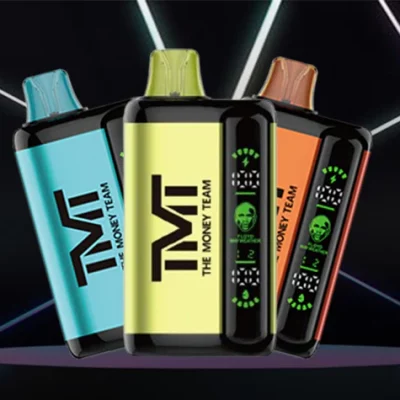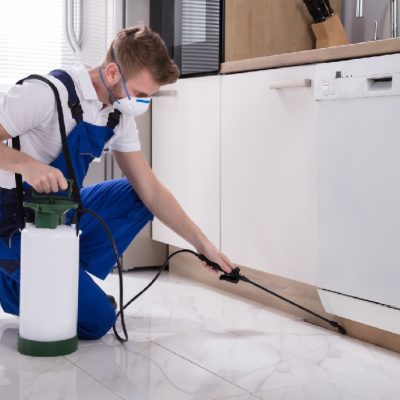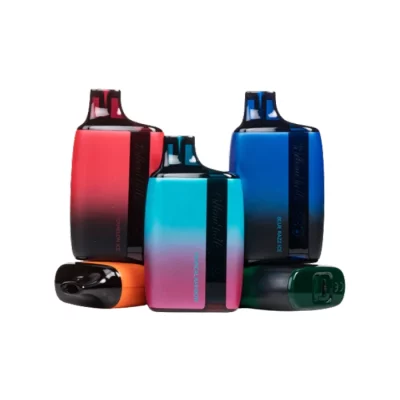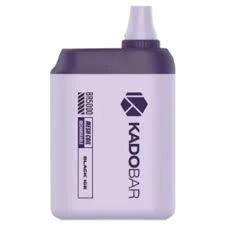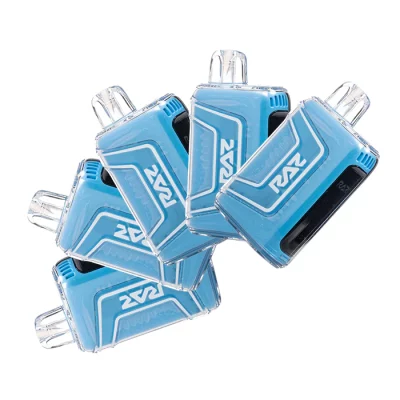How to Safely Use Fume Hoods in the Laboratory
It is important to know how to safely use fume hoods in the laboratory. The performance of fume hoods is dependent on many factors. For example, a mechanical problem can lead to low face velocity, while excess storage or large objects can obstruct the exhaust slots, creating turbulent airflow. If you have any concerns about fume hood performance, you should contact EHS and ask for a written notice. If necessary, make the recommended changes.
HCl (hydrogen chloride)
HCl (hydrogen chloride) is a very toxic and irritating chemical. In humans, exposure to high concentrations can cause a variety of symptoms, including coughing, inflammation, edema, and desquamation of the skin and mucous membranes. In addition, acute exposure to high concentrations can cause constriction of the larynx and bronchi, as well as chest pain. Moreover, HCl has a strong corrosive effect on the mucous membranes of the respiratory tract and eyes.
The toxic effects of HCl can be assessed through studies using rodent models. The animals were exposed to HCl fume at concentrations ranging from 30 ppm to 300 ppm. The animals were exposed for seven days, during which time they developed signs of pulmonary and alveolar toxicity. HCl fumes can also damage aquatic animals.
Hydrogen chloride fume is a colorless, corrosive gas with a pungent odor. The gas can be dissolved in water to form hydrochloric acid. It can occur in both gaseous and aerosol forms in the atmosphere. The type of form that is released depends on several factors, including temperature and humidity. Humidity is more likely to promote aerosol formation. Rocket exhaust clouds are often rich in droplet nucleation sites, which increases the risk of inhaling HCl fumes.
When the concentrations of HCl are five to ten ppm, people may experience irritation of the throat and nose, and coughing. However, it is not known whether prolonged exposure to HCl fumes will have adverse effects. According to the American Conference of Governmental Industrial Hygienists, HCl exposures below this concentration are unlikely to cause long-term health effects.
The safest way to store HCl acid is to use equipment and materials that are resistant to its corrosive effects. The container should be made of resistant materials, and gaskets, bolts, and fittings should be resistant to HCl fume.
Hydrochloric acid fumes can be dangerous and should never be inhaled. These corrosive fumes can cause eye inflammation, as well as pulmonary edema. It can also damage the skin and cause severe burns.
TiO2 (titania)
Titania fume, or TiO2, is a naturally occurring oxide of titanium with a chemical formula of TiO2. It is also used as a pigment, and is referred to as titanium white or Pigment White 6. Its toxicity is largely unknown, although some studies suggest it may be safe to use for cosmetic purposes.
Although the effects of TiO2 on humans are not well understood, animal studies suggest it may be carcinogenic in the short to medium term. Inhaling the fume for several hours per day could cause lung cancer in rats. However, the effects of TiO2 on other species are unclear. Animal studies on the effects of exposure to TiO2 fume have been hampered by cost, equipment and animal welfare issues. As a result, more research is required before we can make informed decisions on how to handle this toxicant.
Although there has been limited evidence about the effects of TiO2 on lung cancer in humans, epidemiological data have been strengthened in recent years by several multicentre studies, particularly in the US and Europe. The Chen and Fayerweather study, for example, included 20 862 workers in 17 factories in seven countries. Because of the large number of workers exposed to TiO2, these studies have very high power to detect an increased risk of lung cancer.
In animal studies, the effects of TiO2 fume on rats and mice are similar, but some differences have been noted. Despite the fact that hamster lung responses were more pronounced, mice showed similar lung burdens and clearance rates. In both animals, lung lesions were evident within a year, but they regressed after cessation of exposure.
In the cosmetics industry, TiO2 is a popular sunscreen because of its absorption of ultraviolet rays. It is also used in cosmetics as a low-particle-size material known as ‘ultrafine’ or ‘UF’. Its primary particles are substantially aggregated at equilibrium, and the range of particle size depends on processing intensity and the nature of the environment.
